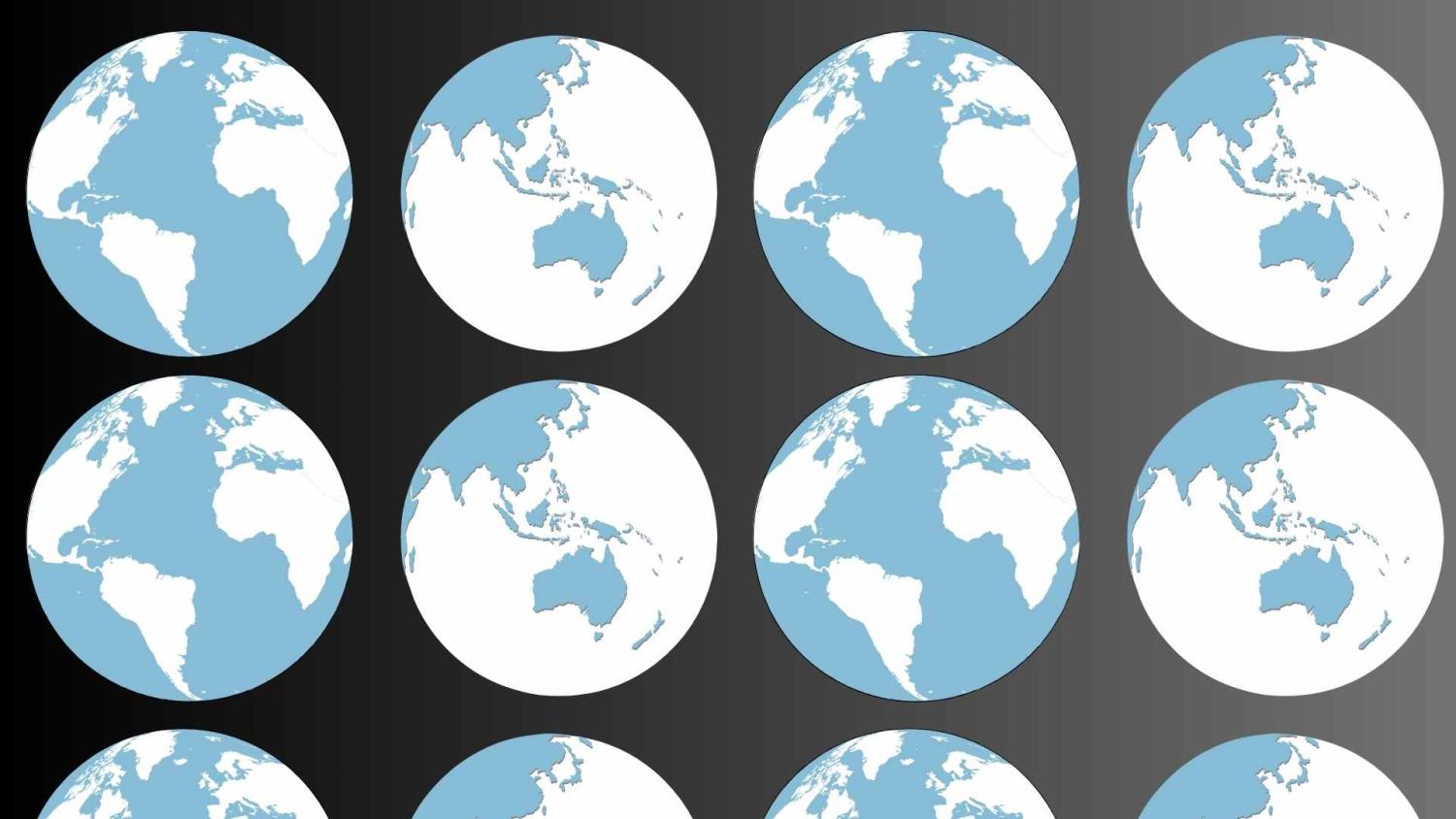Brazil has long held a special place in the Australian imagination. Its world-famous beaches, wilderness and wildlife – and equally famous nightlife – have long attracted Australian travellers. Australia is also a popular tourist and migration destination for Brazilians.
But despite strong people-to-people links, diplomatic ties between the countries have remained shallow and unfocused, even as Australian interest in Brazilian politics has swelled in recent years, and not just among the increasing number of Brazilians calling Australia home.
Through the early 2020s, many Australians watched in horror at then president Jair Bolsonaro’s Trump-style efforts to undermine democracy and consolidate his power. They then celebrated the re-election of Luíz Inácio Lula da Silva, known widely as “Lula”, who assumed the presidential office for the third time in 2023.
Lula was once described by US former president Barack Obama as “one of the most popular politicians on Earth”. Since ousting Bolsonaro in 2023, Lula has sought to put Brazil back in the global spotlight for positive reasons. In particular, he has sought to capitalise on Brazil’s G20 presidency and its upcoming hosting of COP 30 to establish the country as a leader of the “developing” world, especially in the climate change arena.
In this context, the time is ripe – we argue – for a re-evaluation of Australia-Brazil diplomatic relations, and a much greater emphasis on strategically focused bilateral diplomacy aimed at addressing shared challenges, especially in the climate and energy spheres.
At a glance, the obvious differences between Australia and Brazil might not be considered to augur well for closer cooperation. Geographically disparate, Australia is considered a developed country while Brazil is a leader of the developing countries “coalition”. Little is shared in terms of common history, language, or cultural heritage. In foreign policy and economic focus, Australia’s attention is firmly fixed on the Indo-Pacific region, while Brazil, with its 12 land neighbours, is overwhelmingly Atlantic in orientation. Meanwhile, they represent a relatively small percentage of each other's trade relations.
But scratch the surface and Australia and Brazil – and the domestic and international challenges they face – bear striking similarities, especially in recent years. It is these similarities, we argue, that make greater cooperation a major diplomatic imperative.
To start, both countries are massive: the fifth and sixth-largest landmasses in the world (Brazil being an “extra” Queensland larger). Both are federations, sharing the challenges this political arrangement entails. Their indigenous peoples still face unresolved and troubled legacies of violence and dispossession that started with colonisation.
The two countries have also relied almost entirely on commodities exports for national development. For related reasons, each has struggled to develop a strong techno-industrial (read: manufacturing) base – one that might sustain higher wages, higher-skill jobs, and a more diverse export profile. In this sense, the structural profiles of the two economies – and upgrading imperatives – are very similar.
Geo-economically, Australia and Brazil are overwhelmingly reliant on China as a trading partner and are under intense pressure to diversify. Although Brazil has established excellence in some fields (such as biofuels and hydroelectricity), both are major producers of fossil fuels and will face massive challenges to phase out and (fully) shift into green industries. This is not just domestically important but globally, too.
Australia is a major contributor to climate change through its fossil fuel exports, making it a bad development partner for its Pacific neighbours (who have so much to lose from rising sea levels and climate instability). Similarly, Brazil has an outsized impact on global climate with responsibility for the world’s largest carbon sink, the Amazon, as almost two-thirds of the forest sits within its territory.
So far, business and sub-federal level governments have been moving faster than national administrations in pursuing much-needed green collaboration. Australian firms have already announced potential green hydrogen projects worth more than US$10 billion in the Brazilian state of Ceará, while plans are also afoot for collaboration in offshore wind. But to maximise the chances of success, this green energy collaboration will require top-level buy-in by national-level policymakers.
Australia and Brazil have recently emerged from long periods of conservative rule, during which the political leadership in Canberra and Brasília was actively hostile to a green energy transition (and relatedly, to green industrialisation possibilities, which might have helped shift the industrial structures of their nations). Since 2022, new left-leaning leadership in Brasília and Canberra has embraced a green energy shift and relatedly green industry-building priorities, even allowing that the strength of the Albanese government’s commitment continues to be questioned. Last year saw the beginnings of negotiations over new tax and import/export agreements, but missed the glaring opportunity to add green energy to an expanded agenda.
Nevertheless, hyper-partisanship on greening remains, and the question of how to lock in green industry policy gains made under more progressive governments must be high on the list of priorities for both administrations. A change in government could easily reverse the pro-environment policy changes made under small-l liberal rule.
For now, a strategic window is open to drive forward and future-proof green energy cooperation between the two states. It is up to policymakers in Canberra and Brasília to recognise and make use of this opportunity while it lasts.
The authors are based at UNSW Sydney in the School of Social Sciences and currently collaborating on a project focused on enhancing Australia-Brazil relations to tackle shared economic, energy and environmental challenges.

